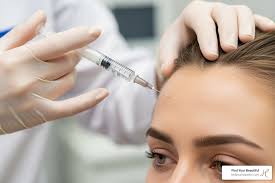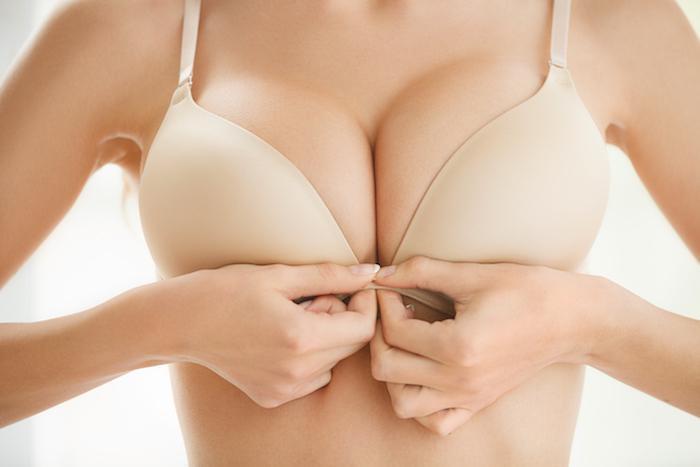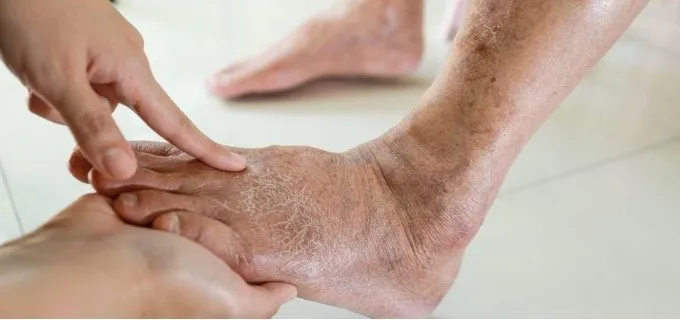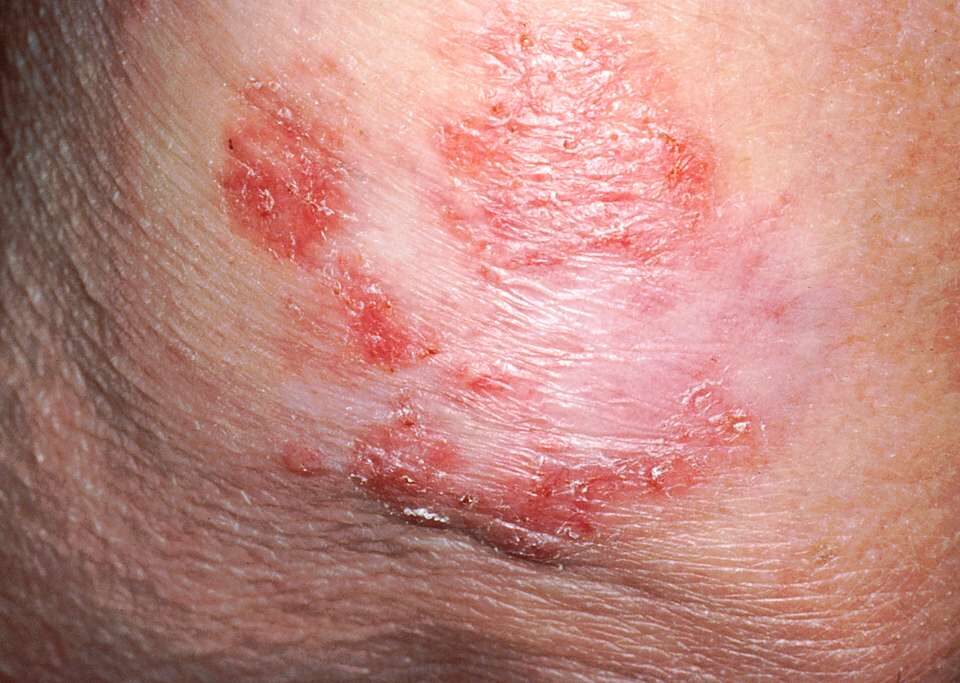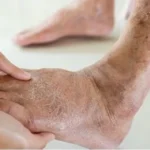
Recognizing Risk Factors for Deep Vein Thrombosis
October 2, 2025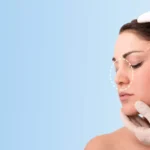
Understanding the Surgical Options for a Deviated Septum
October 3, 2025Botox treatments have expanded far beyond their cosmetic origins. This FDA-approved treatment now addresses multiple medical conditions that affect daily life and comfort. Here are a few things to know about the benefits of Botox for migraines:
Botox Treatment
Botox contains a highly purified form of botulinum toxin A and has been safely used by dermatologists since 1989. The treatment works by targeting specific muscles and temporarily reducing their activity. This process helps smooth dynamic wrinkles and refine facial expressions.
During treatment, professionals inject Botox directly into targeted areas, where it begins to settle into the muscles within minutes. Results typically appear within a few days, although the full effects may take up to two weeks. Follow-up appointments help monitor results and determine if additional treatments are needed.
Cosmetic Applications
Botox targets dynamic wrinkles that develop from repeated muscle contractions caused by everyday facial expressions, such as smiling, frowning, or squinting. It relaxes the overactive muscles, helping reduce the appearance of these lines and create a smoother, more refreshed facial look. Common treatment areas include:
- Forehead furrows
- Frown lines between the eyebrows
- Crow’s feet around the eyes
- Bunny lines on the nose
The effects of Botox typically last three to four months, and regular maintenance sessions help maintain a smooth skin appearance over time, enhancing overall facial aesthetics.
Medical Uses
Botox is an FDA-cleared option for adults over 18 with hyperhidrosis, a condition that causes excessive sweating. The treatment works by targeting nerve signals that contribute to increased sweat production. Many adults with this condition seek options to manage its daily impact on lifestyle and comfort.
Common treatment areas include the forehead, underarms, palms, and soles of the feet. Coverage for Botox in cases of diagnosed hyperhidrosis varies across insurance plans. Patients often review their insurance benefits to understand potential coverage before scheduling a procedure.
Treatment Process
Each Botox session typically lasts about 10 minutes per treatment area and involves multiple small injections using fine needles. Most patients experience minimal discomfort during the procedure. Mild swelling can occur afterward but generally resolves quickly, and everyday activities can often be resumed within 24 hours. Providers typically suggest avoiding strenuous exercise on the day of treatment to support optimal results.
Combining Treatments
Botox can be used in conjunction with other anti-aging treatments to achieve enhanced overall results. Compatible procedures include laser treatments, dermal fillers, and chemical peels. Combining multiple approaches may provide more comprehensive improvements in skin texture, tone, and appearance.
Dermatologists often develop customized treatment plans tailored to individual skin concerns. These plans can encompass multiple procedures to address various issues simultaneously. Personalized approaches help achieve balanced, natural-looking outcomes while meeting each patient’s unique goals.
Start your Botox Journey
Results from Botox treatments develop gradually, with initial changes appearing within a few days after the procedure. Maximum effects usually become visible after about two weeks, allowing patients to notice smoother, more radiant skin. The effects are temporary and typically last three to four months before additional treatment may be needed. If you are considering Botox, learn about the treatment process, expected results, and proper follow-up care.

